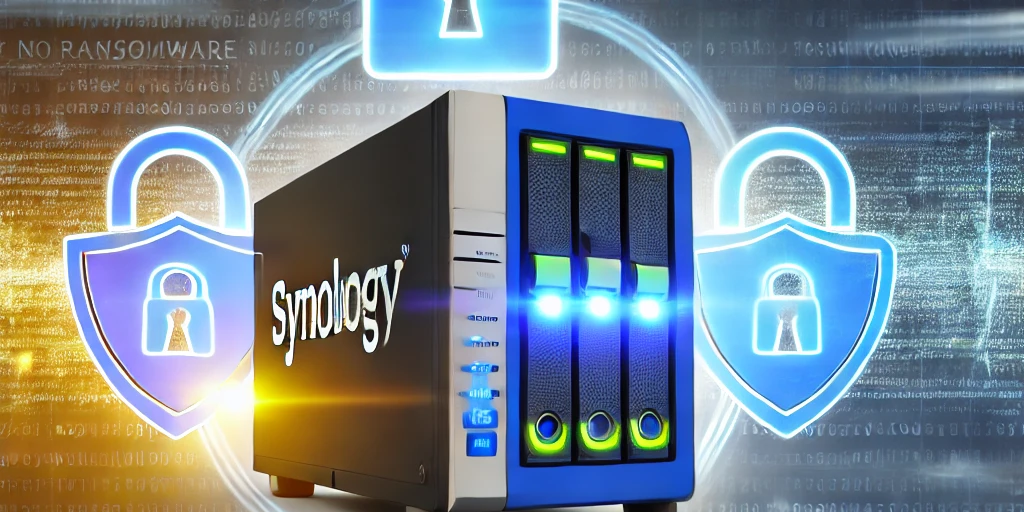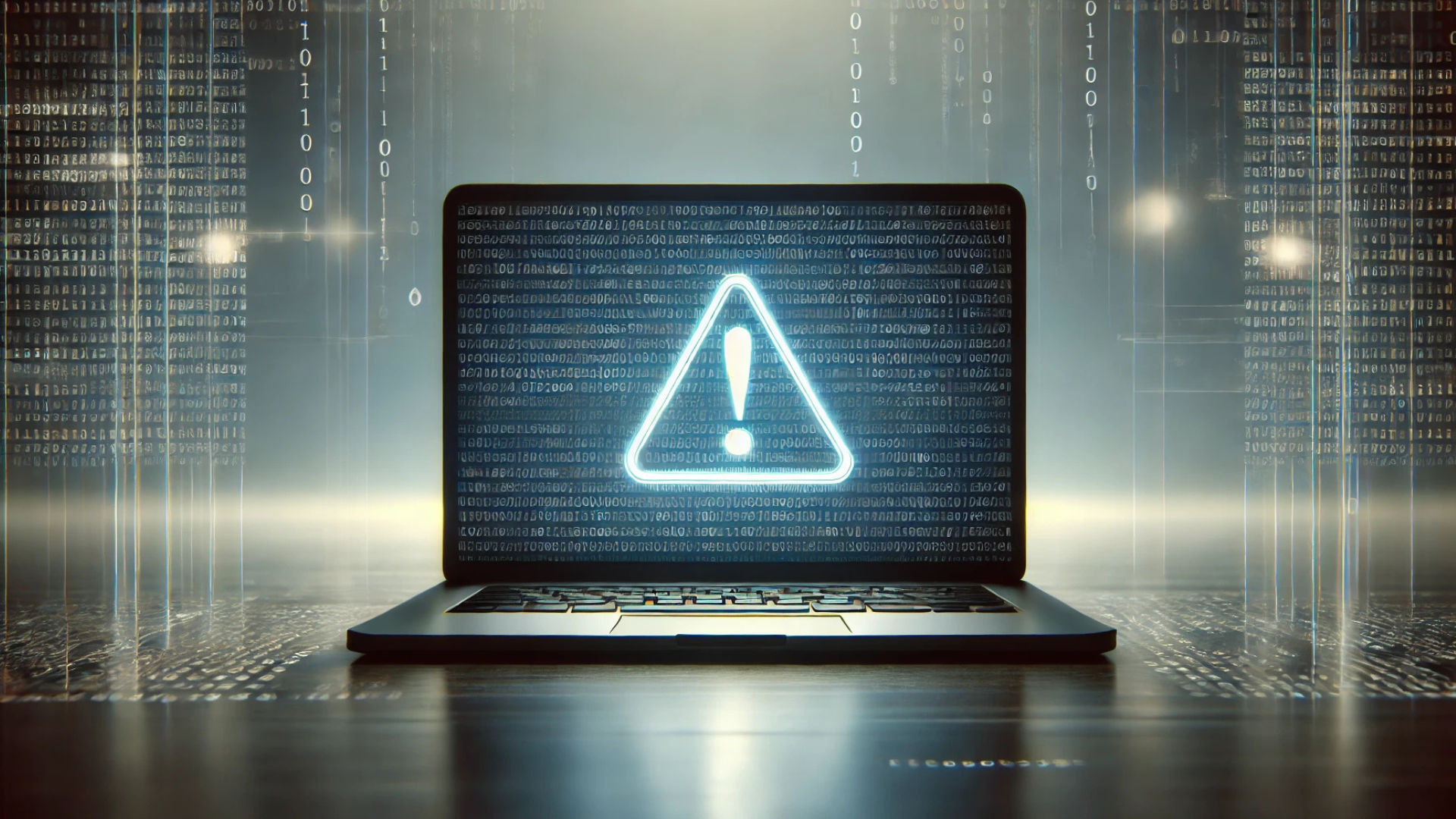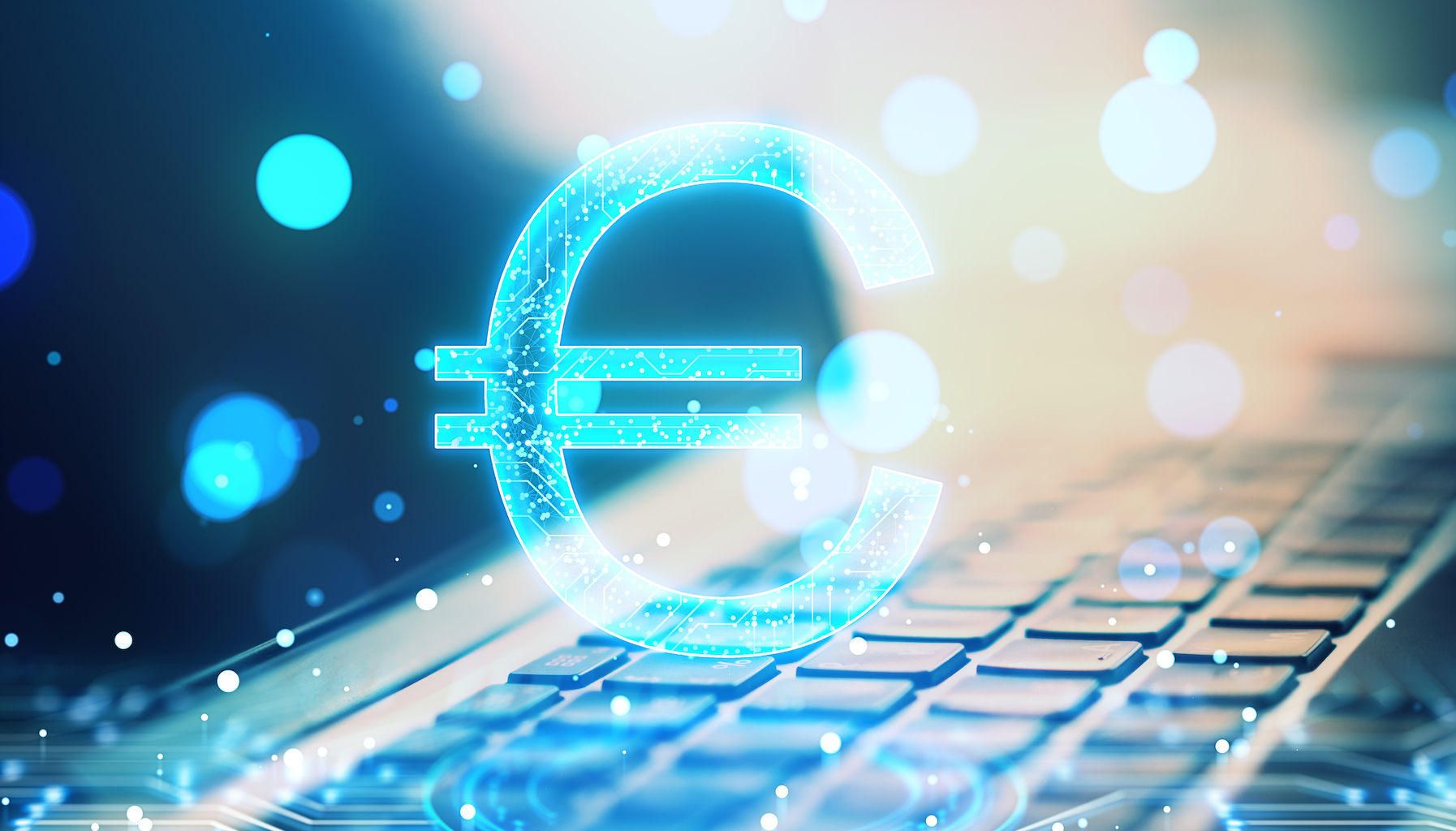Ransomware: How to Protect Your Business From This Growing Threat
Ransomware is a dangerous type of malware designed to lock you out of your files and critical systems by encrypting your data. Cybercriminals then demand a ransom—usually in cryptocurrency—before providing the decryption key. For businesses, the stakes are high: prolonged downtime, significant financial losses, reputational damage, and the risk of permanent data loss. Understanding this type of threat and how it spreads is the first step in protecting your business from this ever-growing issue.
How Does Ransomware Infect Systems?
This malware doesn’t appear out of nowhere. Instead, it uses various entry points to breach your systems and infect your files. Here’s how attackers commonly gain access:
1. Phishing Emails
Phishing emails are a primary delivery method for this kind of malware. Attackers send deceptive emails that appear legitimate, tricking recipients into:
- Clicking on malicious links.
- Downloading infected attachments (e.g., PDFs, Word documents, or ZIP files).
For example, phishing is responsible for the majority of malware infections, as highlighted in the 2023 Verizon Data Breach Investigations Report.
2. Unsafe Downloads
Malware is often hidden in files downloaded from untrusted or unauthorized sources, including:
- Cracked software and free applications.
- Fake updates (e.g., browser or plugin updates).
- Multimedia files like videos or images designed to lure users into downloading them.
As a result, attackers frequently bundle malicious software within seemingly innocent downloads, according to Kaspersky.
3. Exploiting Software Vulnerabilities
Outdated software with unpatched security flaws is a magnet for attackers. Consequently, they exploit these vulnerabilities to infiltrate your systems.
Unpatched systems are responsible for 57% of these attacks https://cybersecurityventures.com, according to a report by Cybersecurity Ventures.
4. Unsecured Applications and Devices
Applications lacking proper security or external devices like USB drives can introduce malicious software to your network. Therefore, it is crucial to secure all endpoints.
5. Weak Remote Access Controls
Attackers exploit weak or stolen credentials to gain remote access through Remote Desktop Protocol (RDP) or other remote services. Once inside, they can deploy their tools across your network. In fact, RDP attacks accounted for 50% of malware infections in 2022 (Sophos, 2022).
Real-World Consequences of Ransomware
This issue isn’t just an inconvenience—it’s a full-blown crisis for organizations. For instance, the effects include:
- Data Loss: If backups are unavailable, you may lose valuable data permanently.
- Downtime: Entire systems can be locked, halting operations for hours or days. On average, businesses experience 21 days of downtime after an attack (IBM Security, 2023).
- Reputational Damage: Clients and partners may lose trust if sensitive information is exposed or leaked. Moreover, in a recent survey, 63% of consumers said they would stop doing business with a company that mishandled their data (Forbes, 2023).
- Financial Burden: Ransom demands, recovery costs, and compliance penalties can add up to millions. In fact, in 2023, the average incident cost businesses over $4.5 million (Ponemon Institute, 2023).
How to Protect Your Business From Ransomware
This form of malware doesn’t have to be inevitable. By implementing a robust data protection strategy, you can safeguard your organization against its devastating effects. Here’s how:
1. Back Up Your Data Regularly
The most effective way to recover from an attack is by restoring your files from backups. Therefore, frequent backups ensure minimal data loss and fast recovery.
2. Implement Local and Cloud Backups
Storing backups both locally and in the cloud provides maximum protection. Even if one backup is compromised, the other remains intact.
3. Keep Your Systems Updated
Regular updates to your software and operating systems help patch vulnerabilities that attackers could exploit. Thus, staying up-to-date reduces the risk.
4. Train Employees on Cybersecurity Best Practices
Attacks often rely on human error. As a result, educating your team to recognize phishing emails, suspicious links, and unsafe downloads is essential.
Why Rent Synology Hardware From vBoxx?
Investing in the right technology is critical for ransomware protection. For this reason, Synology hardware rented from vBoxx offers the ultimate solution for safeguarding your business data.
Benefits of Renting Synology With vBoxx:
- Secure Backups: Synology devices from vBoxx are fully equipped to handle automated backups, ensuring your data is always recoverable.
- Data Privacy: All data is stored in ISO-certified data centers in the Netherlands and Germany, ensuring compliance and security.
- Affordability: Renting Synology hardware starts at just €130/month, making enterprise-grade protection accessible to businesses of all sizes.
- Easy Recovery: In the event of an attack, restore your data in minutes without paying a ransom.
- Fully Managed: vBoxx handles setup, monitoring, and support, so you can focus on your business instead of worrying about your data.
Protect Your Business Today With vBoxx Synology Solutions
Cyberattacks aren’t a matter of “if,” but “when.” Therefore, don’t leave your organization vulnerable to devastating attacks. Instead, by choosing a Synology solution from vBoxx, you can take proactive steps to protect your data and ensure business continuity.




